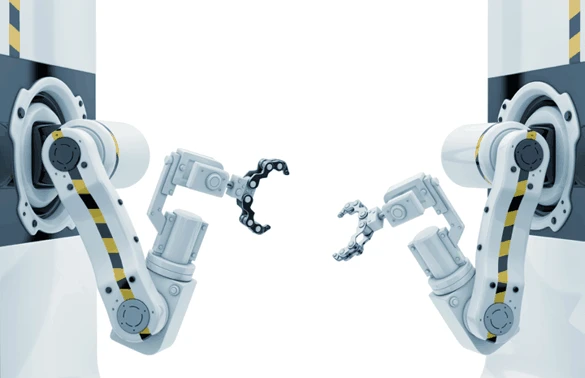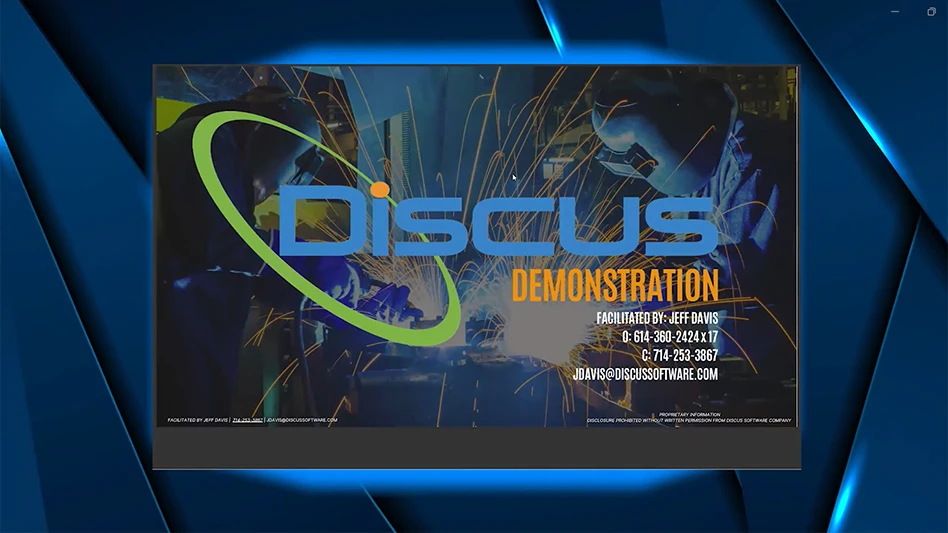
Avnet Inc.

Discussions about industry today often focus on the substantial potential of the Industrial Internet of Things (IIoT). It promises significant productivity gains, operational efficiency, and bottom line revenue increases, but only with a supply chain offering reliability, stability, and longevity. These values will become more important as manufacturers and system integrators adopt more automation, connectivity, and autonomy – with faster design cycles and more competition increasing the pressure to get to market quickly. The interplay between these requirements will define the industrial marketplace and innovation that developers contribute to it.

Connectivity, reliability
Industry 4.0 reveals how IIoT can upgrade the factory floor. With the right functionality, it can make any industrial environment smarter, using connectivity to collect sensor information that turns yesterday’s Big Data into today’s insights.
Industry’s need for efficiency is acute, so connectivity and efficiency are crucial for developers and organizations to consider throughout the design process.
Supply and price stability ensures manufacturers can continue to develop, build, deliver, and maintain their systems for extended periods. This often requires component suppliers to guarantee supply continuity for as long as 15 years, with a commensurate price guarantee for up to 4 years.
Assess technologies for applications
To balance connectivity, efficiency, and reliability, developers must select suitable technology for each application.

Consider ON Semiconductor’s intelligent power module (IPM) family, which uses insulated metal substrate technology (IMST). This technology integrates many active components on a metal substrate for high integration with excellent thermal conductivity.
From IPMs, motor drivers (brushless DC motor, stepper, brushed), load drivers and relay drivers – vast amounts of semiconductor technology – is in industrial robots and other IIoT applications. These are supported by a growing number of optimized metal-oxide semiconductor field-effect transistor (MOSFET) and insulated-gate bipolar transistor (IGBT) drivers, and high-performance optocouplers that enable engineers to develop reliable industrial drive systems that deliver accurate control in applications using any combination of low-voltage motors and high-current loads.
For efficiency and reliability, temperature, motion, ambient light, and image sensors for machine vision must be optimized for electrically noisy conditions. The sensors’ small signals then need to be filtered and amplified before being converted to digital data and passed to a central processor. Coupled with this is circuit protection from electrostatic discharge (ESD) protection diodes.
The control element of industrial automation typically involves power semiconductors manufactured using MOSFETs or IGBTs, and silicon carbide (SiC) transistors. Switching and power semiconductor manufacturers now offer devices that meet power inverter circuits and motor driver requirements. Compliance with international standards is mandatory in several industries, so many manufacturers develop parts that adhere to international quality standards including ISO 90001:2015 and IATF 16949:2016.
Speeding time to market with IIoT
The seemingly opposing demands of developing more complex circuits within smaller time windows and often lower budgets is prolific in IIoT, putting pressure on development teams to bring machinery invented before the Internet age to the cutting edge of future technology.
For engineers to develop and optimize new products, it is essential to give them the tools they need to make that process as simple as possible.
For design teams, interactive block diagrams present engineers with a reference design for specific applications. Each diagram presents a selection of potential solutions for each key functional block in design. Further details for each component can be accessed from the block diagram and added to a custom worksheet to quickly develop design ideas.
When moving to the early evaluation plan, developers can now turn to ON Semiconductor’s Strata Developer Studio cloud-connected platform as a starting point. Software automatically recognizes evaluation boards once connected to a host PC, then retrieves the latest design collateral and auto-configures the evaluation board, letting engineers get up and running quickly. Paired with Avnet’s global expertise, those designs can go from ideas on a napkin to a product ready with design for manufacturability, strong supply chain, and regulatory considerations.
Bring in partners
IIoT will encompass a wide range of technologies, from sensors to the cloud. Robotics and automation are safety-critical applications demanding the best solutions and developers need partners who can provide the parts and the services to move from idea to product and product to market. Avnet and ON Semiconductor have created a product development ecosystem and software platform to shorten design time for developers and speed time to market.
Avnet Inc. https://www.avnet.com
ON Semiconductor https://www.onsemi.com

Artificial intelligence vision robot
TM Robot offers integration of traditional machine and advanced artificial intelligence vision (AI) in a single robotic system. Eliminating additional controllers reduces integration time. TM Robots’ built-in machine vision integrates with light, industrial cameras, and sensing elements to capture images. Deep learning AI technology accurately senses the shape, type, and color of an object to enhance inspection efficiency in automated production, improving quality and accuracy. The inspection data can guide manufacturing.

Aluminum electrolytic snap-in capacitors
The 381LL series of snap-in aluminum electrolytic capacitors have an expected life of 8,000 hours at full-rated conditions and demonstrate stability in capacitance and DC leakage current during testing.
Capacitance values range from 740µF to 100,000µF at working voltages of 16VDC to 250VDC with ripple current ratings up to 10A at 105°C. The snap-in series is available in 2-pin configurations in the smaller diameters with 4- and 5-pin options in the larger diameters.
General applications include any circuit requiring high capacitance with low equivalent series resistance (ESR), high ripple current, and long life. This includes switch-mode power supplies, uninterrupted power supply (UPS) systems, solar and other high-power inverters.

Linear guideway
The MR 30 Monorail 30mm rail and cross-roller cartridge can move workpieces up to 150 tons in milling, turning, drilling, or grinding machines.
It provides higher machining rates, enhanced geometrical accuracy, and improved surface quality of machined workpieces.
The series features O-geometry for extreme accuracy in positioning. Other series features include high rigidity for improved vibration control, greater dynamic and static load carrying capacity, rail straightness and optimized path geometries for rollers and transitions for running smoothness, and complete carriage enclosure. Available sizes include 25mm, 30mm, 35mm, 45mm, 55mm, 65mm, and 100mm, which are configurable to meet specifications for any application, including G3 (standard), G2, G1, and G0.
FreeFlight Systems expands ADS-B installation capabilities
FreeFlight Systems’ 1203C SBAS/GNSS sensor is approved for installation with the Honeywell TRA-100B Mode S Transponder for Boeing 717 aircraft. This supplemental type certificate (STC) provides a single solution for B717 aircraft to meet requirements for the June 7, 2020, ADS-B mandate in the European Union. FAA validation is underway to support U.S. compliance.
The sensor is a certified, high-integrity position source. It pairs with certified Mode S Extended Squitter transponders such as the TRA-100B in transport category aircraft to provide a rule-compliant ADS-B Out system.
Get curated news on YOUR industry.
Enter your email to receive our newsletters.
Explore the March 2020 Issue
Check out more from this issue and find your next story to read.
Latest from Aerospace Manufacturing and Design
- Ralliant to establish global headquarters in North Carolina
- Philatron MIL-DTL-3432 military cables
- Beyond Aero refines its hydrogen-electric light jet
- Americase's advanced protective solutions
- Social media - what are your thoughts
- GE Aerospace secures Air Force engine contract
- Thomson Industries' online sizing and selection tool
- #53 - Manufacturing Matters - 2024 Leaders in Manufacturing Roundtable






